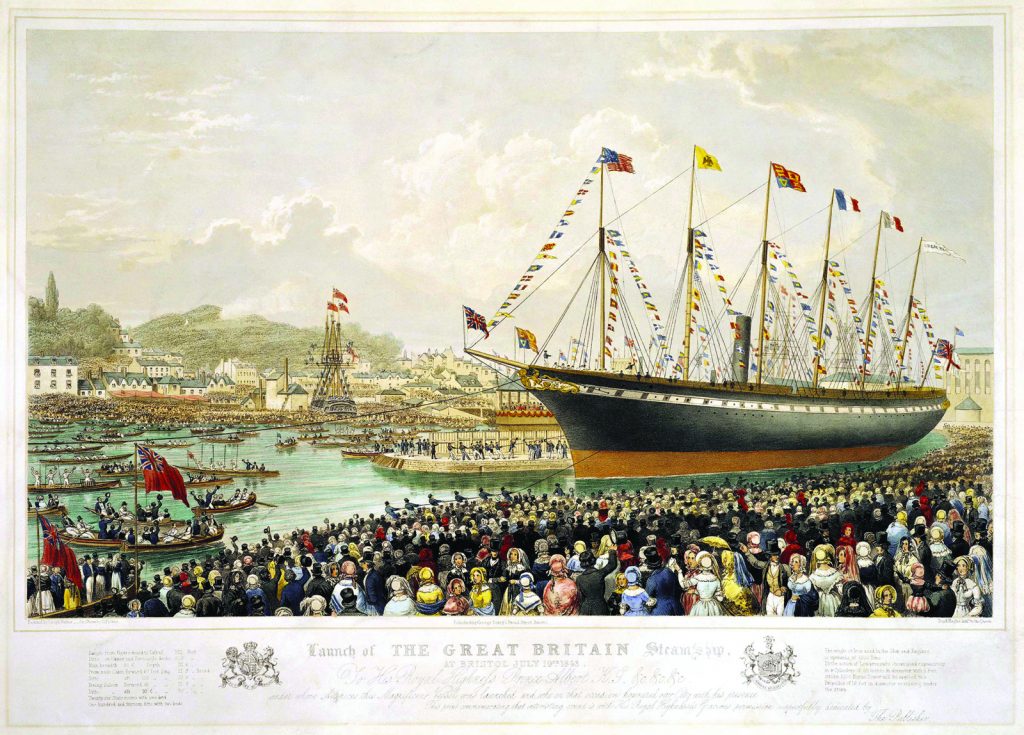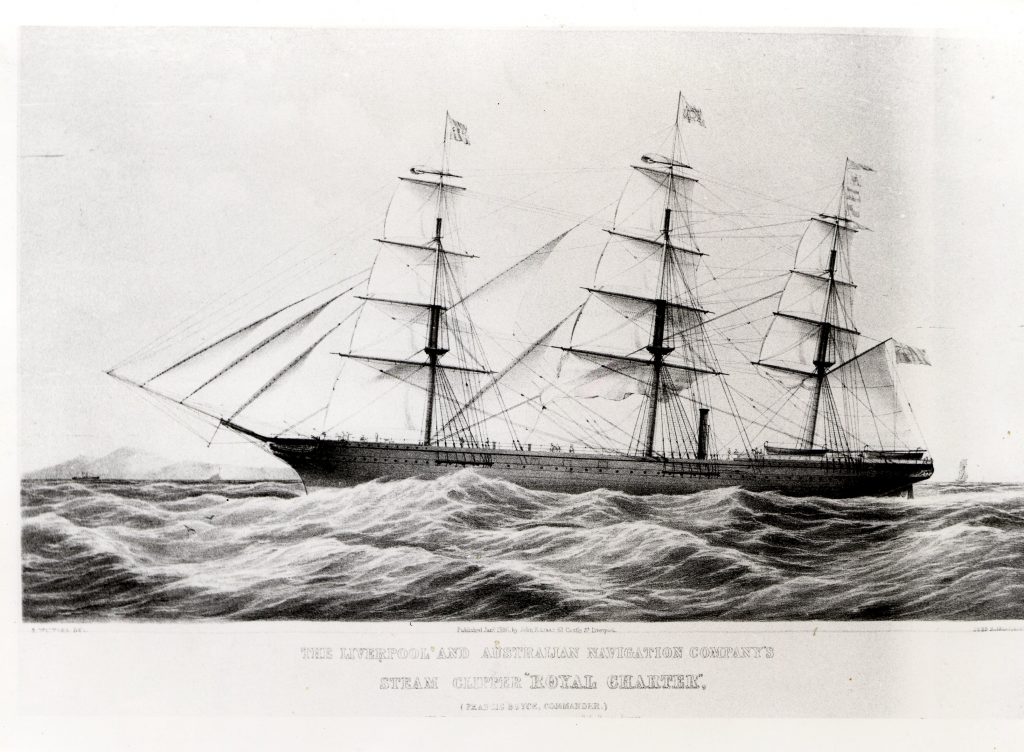Gibbs Bright & Co. in Australia
Clive Pearson from South Australia contacted me recently regarding the website gibbsbrightclub.org that he had established some years ago in order to organise the exchange of information and annual reunions for ex-employees. He was the South Australian Branch Manager for the Building Materials Division of Gibbs Bright & Co Pty Ltd, for seven years, leaving two years before the Company was dissolved by HSBC, and said “… my seven years with GB were the most enjoyable of my professional career of 50 years … and I was very sad to see the Company disappear…”. At 87 years old, Clive indicated that he would be pleased if I would take over his website or incorporate whatever information I wished into the Gibbs Family Tree website. I have transferred a copy to this site at https://gibbsbrightclub.gibbsfamilytree.com to preserve Clive’s achievement (but too many years have passed to maintain members and activities), which has some interesting bits such as a 1970 Gibbs Bright & Co. group bulletin.
So what is the history of Gibbs Bright and Co., and the company’s relationship with Antony Gibbs & Sons? From 1881 onwards Gibbs Bright and Co. was the Australasian branch of Antony Gibbs & Sons, but before that it had been an independent merchant shipping company with similar family roots. Antony’s elder brother, George Gibbs (1753-1818), was already an established Bristol merchant while Antony was still struggling to make his way, becoming head of the firm which he had apprenticed with in 1802. The same year his son, also George Gibbs (1779-1863), who had trained is his business from the age of 12, became a partner, and when his father retired in 1818 became head of the firm. Robert Bright became his partner in Bristol; a good friend from another renowned Bristol merchant family, with the firm becoming Gibbs Sons and Bright. His brother Samuel Bright was made a partner in the Liverpool firm in 1824, its name being altered to Gibbs, Bright & Co. With George’s retirement in 1839, Robert Bright replaced him as managing partner.
A prospector discovered flecks of gold in a waterhole near Bathurst, New South Wales, Australia in 1851, triggering the Australian Gold Rush, with over 500,000 “diggers” rushing to the gold fields within a year. A son of Robert Bright, Charles Edward Bright (1829-1915) was sent to Melbourne with his brother Reginald in 1853 to establish the firm of Bright Bros. & Co., steamship and insurance agents, which later became Gibbs, Bright & Co. Many migrants to Australia travelled on ships managed or owned by the company, two of the most famous being the SS Great Britain, now in Bristol harbour, and the tragic Royal Charter, ship-wrecked in a huge storm off Anglesey with returning “diggers” drowning with their pockets weighted down with gold nuggets. I have written about both of these early steel steam ships previously: 160th Anniversary of the ‘Royal Charter’ Tragedy and SS Great Britain – 50 years back home in Bristol.


Branches of Gibbs, Bright & Co. were established at Brisbane (1862), Dunedin (1864) and Sydney (1875). With George and William Gibbs and Robert Bright passed on, in 1881 the firm was fully acquired and absorbed into Antony Gibbs & Sons, with the Bright brothers Tyndall, Charles and Reginald continuing as partners. There were numerous family exchanges between the firm in UK and Australia; 3 of Henry Hucks Gibbs (Head of the firm from 1875, Baron Aldenham from 1896) spent periods in Australia: Antony G.H. in 1881-1882, Vicary in 1883-1884 and Henry L in 1893-1895 and 1903. A tradition continued with both a Bright and a Gibbs on the Board in Australia when HSBC took over.
Further branches were established across Australia and the company diversified into numerous areas. By 1963 Gibbs Bright & Co. was the largest trading partnership in the Southern Hemisphere with interests in mining, shipping, pastoral activities (with several million acres of sheep and cattle stations), insurance, building materials, timber and merchant banking.
In 1983 the parent Antony Gibbs &Sons Limited, one of the few remaining accredited London Merchant Banks on the Board of the Bank of England, was acquired by the Hong Kong & Shanghai Bank, who then closed down all global non-banking operations of the Group, bringing Gibbs Bright & Co. to an end.
Clive reported that at the time, a group of employees led by John Cincotta attempted to float the company, but was unsuccessful. When the Australian operations were closed down, two of the secretaries told him that they had been instructed to destroy all records of correspondence between Australia and London. When he took over the Adelaide Branch, he found that the accountant had preserved copy notebooks correspondence dating back to the arrival in Adelaide of the first company representative. Head office instructed him to destroy the lot immediately. He really hated to see all that history destroyed

I worked at Gibbs bright springvale in the 80’s we were destroying records showing slave transport and sales within the company in the 1800’s, felt wrong destroying that history
My name is Graeme Christie, I worked at an advertising agency in the early 60’s we had the Gibbs bright account . I have some printed material you may like to have. If you forward me a post address I would be only to happy to send them to you. graemechristie44@icloud . com
A very intriguing revelation – correspondence with Phil reveals that several skip loads of documents dating from before the founding of Gibbs Bright in Australia were destroyed. It seems probable that these were more Bright Family papers that were shipped out to Australia last century, most of which were later donated to Melbourne University archives and have since been extensively researched. How these records ended being stored at a GBS timber yard is a mystery!
Pingback:Tales of Opportunity – The Bright Family – Gibbs Family Tree
I have a bottle of Mc Callum’s perfection Scots Whisky bottle number A352 distilled and blended in Scotland bottled by Gibbs Bright & co 27 Grenfell street Adelaide 1 pint 6 fl ozs net , can you give me information when it was distilled , I can send you pics if you want, Daryl Seekamp
I noted a “Gibbs, Bright & Co, Sydney” brass plate on an imported American made Hart-Parr tractor built in Charles, Iowa USA, date unknown, probably circa 1930’s or so with steel wheels. It was on display at the 125th years of settlement celebrations, Bogan Gate NSW on Sat 11th of March 2023.
Your website is a great source of information about the Gibbs family – thank you! I’m researching Gibbs, Bright and Co. in Bristol in the C19th, and finding it extremely hard to work out who the partners were in the firm once Robert Bright and George Gibbs died in the 1860s. The Bristol branch of Gibbs, Bright and Co., clearly continued to trade from the City, but who were the partners there? If you know, please get in touch!
All of Gibbs, Bright & Co. was fully absorbed into Antony Gibbs & Sons on 30 Apr. 1881, only retaining its name for their Australian operations. George Gibbs and Robert Bright remained as Partners until their deaths, Robert being last in 1869. After that date there was no Partner resident in Bristol and the House came under the management of Robert Blewett Haynes until its closure. Three of Robert Bright’s sons, Tyndall, Charles Edward and Reginald, remained as Partners of the Liverpool, Bristol and Australian businesses after Antony Gibbs & Sons took it over.
Ah – thank you – that explains A LOT. I knew about Gibbs, Bright & CO. being abosrbed into Antony Gibbs & Sons in 1881, but not that there was no Partner resident in Bristol after Robert Bright’s death in 1869. I’ve traced all the other Gibbs and Brights and where they were based, so it was a real mystery. Do you know anything about Robert Blewett Haynes and / or how long he continued to manage the House in Bristol?
I have another unrelated question… I assume that James Gibbs (1790-1853) is not related to your Gibbs family? It’s a strange co-incidence because of his connections with Great Western Railway, Bristol and Exeter Railway, Bristol Docks Co., etc. Some information about him here: https://arnosvale.org.uk/james-gibbs/
I left school in 1961 and started working for Gibbs Bright & Co as a trainee accountant for a period of about 2 years. They were situated in a little laneway off Hunter St in Sydney. The accountant was Mr Rolf and the cashier was Mr Andrews. The senior partner was JFO Graham and there was a junior clerk called Robert Paige who was also a very good artist, and reminded me of Elvis Presley with his hairstyle.
It was a very staid and conservative organisation and I guess that’s why I only lasted about 2 years as I hated accountancy.
I left there to join Waltons Department stores in Pitt St Sydney as a management trainee and stayed there for 8 years before becoming a pharmaceutical sales representative with Fauldings Pharmaceuticals.
The rest is history!
Just read your post in Gibbs Bright in Sydney – my Dad was FJO Graham, you’re right about him being conservative ! His loyal and staid secretary was called Miss Massey. I hardly went near the office but when I did it was in lower Pitt St with a quite nice front door. Did they have a second niche at the back of Hunter St ?
Are there any ties to Perth Western Australia? We are renovating our backyard and have dug up several very old glass bottles and one that is broken reads Gibbs Bright + Co Melbourne. We have also dug up Mackay + Co Perth bottles but I’m just trying to figure out why we have an unusal high amount of antique glass bottles buried in our yard.
Could the administrator of this site please email me direct.
I have just organised and held a conference to commemorate the 165th anniversary of the “Royal Charter” shiupwreck in the village Moelfre, Anglesey N. Wales UK and would like to do a repeat in Melbourne if there is sufficient interest.
Please get bACK TO Me
Hello Peter,
I am indeed the administrator of this site and would be happy to see if there is any way I can help you with a Melbourne venture and Gibbs Brights contacts down under.
Juliet and I much enjoyed your recent Moelfre conference.
Best wishes … Mike